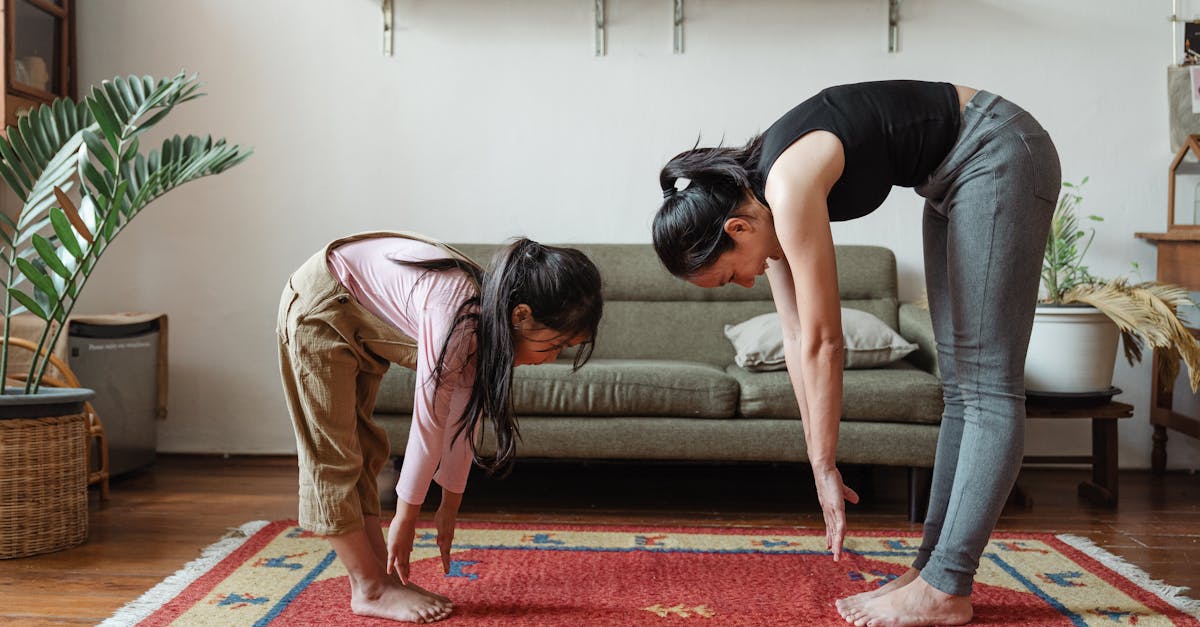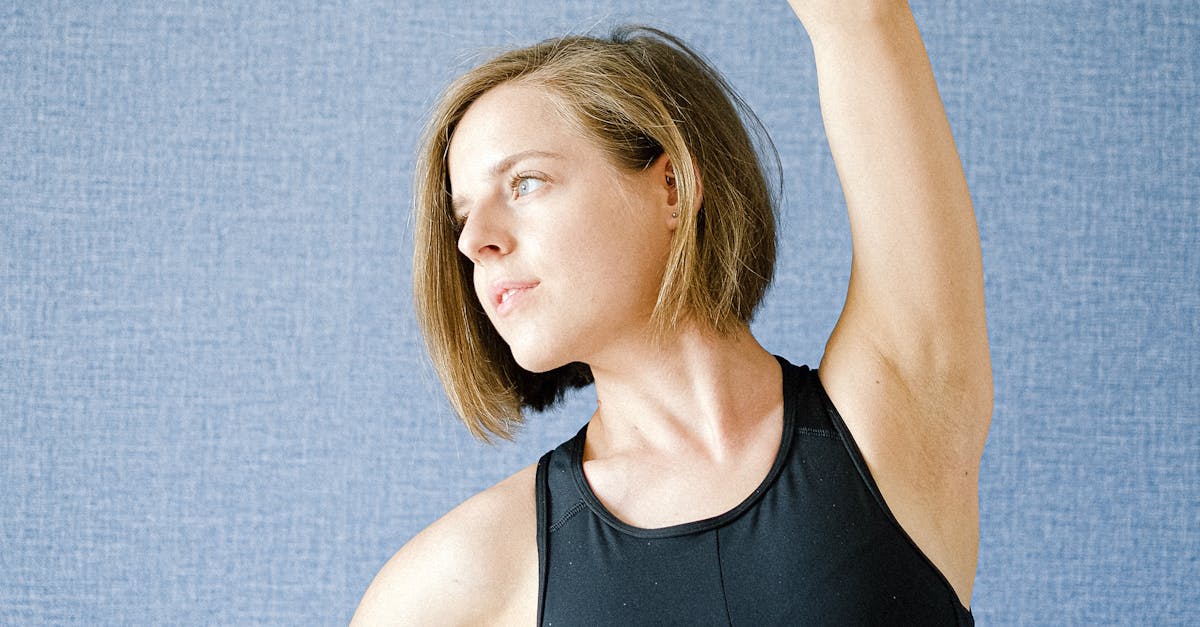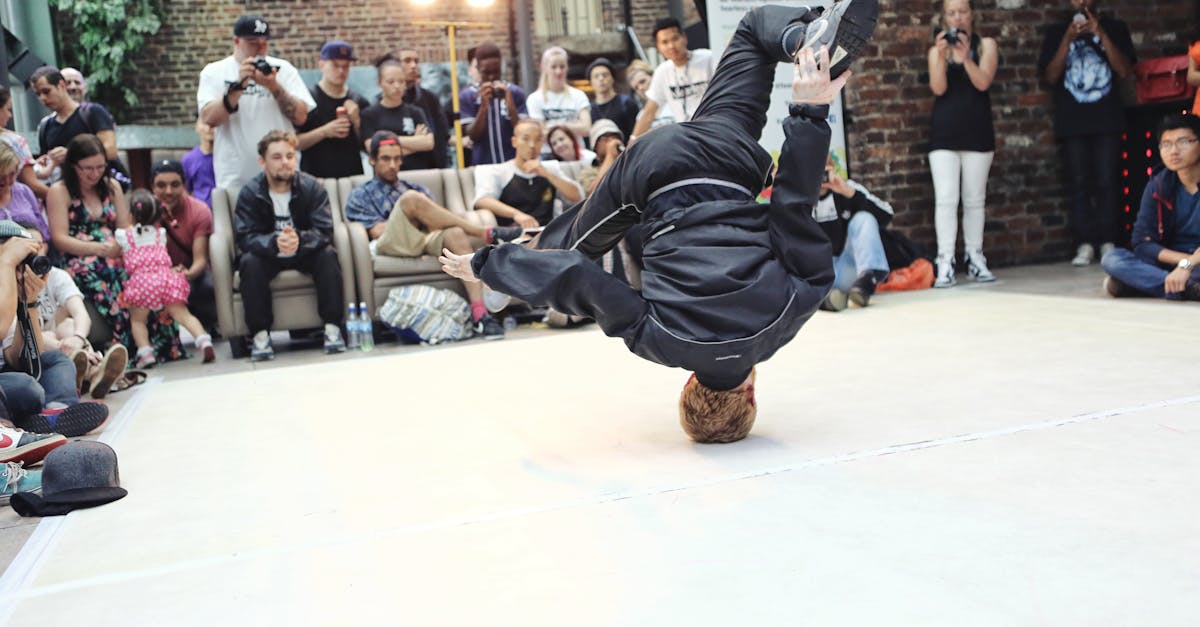Hip Flexor Standing Stretch: A Comprehensive Guide to Relieve Hip Flexor Pain
Unlocking Hip Flexor Freedom: The Ultimate Guide to Relief and Enhanced Mobility

Headline: Say Goodbye to Hip Flexor Pain: A Comprehensive Guide to the Standing Hip Flexor Stretch
Sub-title: Unleash Your Mobility and Relieve Discomfort with the Effective Standing Hip Flexor Stretch
Do you experience nagging pain or tightness in your hip flexors? If so, you’re not alone. Tight hip flexors are a common issue that can limit mobility, hinder athletic performance, and cause discomfort. Fortunately, there is an effective solution to address this problem: the standing hip flexor stretch.
In this comprehensive guide, we will delve into the causes and consequences of tight hip flexors, explore the step-by-step instructions for performing the standing hip flexor stretch. We will also discuss the benefits of this stretch and provide additional tips for improving hip flexor flexibility. We will also discuss when it’s crucial to seek professional help for persistent hip flexor pain.
1. Understanding Hip Flexor Tightness: Causes and Consequences
Understanding Hip Flexor Tightness: Causes and Consequences
Hip flexor tightness is a common issue that can affect people of all ages and activity levels. It occurs when the muscles in the front of the thigh, known as the hip flexors, become shortened and tight. This can limit mobility, cause pain, and affect overall health.
There are several factors that can contribute to tight hip flexors, including:
- Prolonged sitting: Sitting for long periods of time, such as at a desk job or while driving, can shorten the hip flexors. This is because the hip flexors are in a shortened position when sitting.
- Athletic activities: Certain athletic activities, such as running, cycling, and dancing, can also lead to tight hip flexors. These activities involve repetitive flexion of the hip joint, which can over time shorten the hip flexors.
- Muscle imbalances: Muscle imbalances can also contribute to tight hip flexors. For example, if the quadriceps muscles on the front of the thigh are stronger than the hamstring muscles on the back of the thigh, this can pull the pelvis forward and tighten the hip flexors.
Tight hip flexors can have a number of negative consequences on mobility and overall health. These consequences include:
- Reduced range of motion: Tight hip flexors can limit the range of motion in the hips, making it difficult to perform activities such as squatting, lunging, and running.
- Pain: Tight hip flexors can cause pain in the front of the thigh, groin, or lower back. This pain can be worse with activity or prolonged sitting.
- Muscle weakness: Tight hip flexors can lead to weakness in the hip muscles, which can affect balance and stability.
- Increased risk of injury: Tight hip flexors can increase the risk of injury to the hip joint, such as hip flexor strains and tears.
If you are experiencing hip flexor tightness, it is important to address the underlying cause and stretch the hip flexors regularly. Stretching the hip flexors can help to improve range of motion, reduce pain, and prevent further injury.
2. Step-by-Step Instructions for the Standing Hip Flexor Stretch

Step-by-Step Instructions for the Standing Hip Flexor Stretch
The standing hip flexor stretch is a simple but effective stretch that can help to improve hip flexor flexibility and reduce pain. To perform the stretch, follow these steps:
- Stand with your feet shoulder-width apart.
- Step forward with your right leg and bend your knee so that your thigh is parallel to the ground.
- Keep your left leg straight and your heel on the ground.
- Lean forward and place your hands on your right thigh.
- Gently push your hips forward until you feel a stretch in the front of your right thigh.
- Hold the stretch for 30 seconds.
- Repeat the stretch on the other side.
Here are a few tips to help you get the most out of the standing hip flexor stretch:
- Keep your back straight and your core engaged.
- Do not overstretch. If you feel pain, stop the stretch and consult with a healthcare professional.
- Hold the stretch for at least 30 seconds. This will give the hip flexors time to relax and lengthen.
- Repeat the stretch several times throughout the day. This will help to improve hip flexor flexibility over time.
The standing hip flexor stretch is a safe and effective stretch that can help to improve hip flexor flexibility and reduce pain. By following the steps above, you can perform the stretch correctly and safely.
3. Benefits of Stretching Hip Flexors: Enhanced Mobility and Reduced Pain
Benefits of Stretching Hip Flexors: Enhanced Mobility and Reduced Pain
Stretching the hip flexors has numerous benefits, including:
- Improved range of motion: Stretching the hip flexors can help to improve the range of motion in the hips, making it easier to perform activities such as squatting, lunging, and running.
- Reduced muscle tightness: Stretching the hip flexors can help to reduce muscle tightness, which can lead to improved mobility and reduced pain.
- Enhanced athletic performance: Stretching the hip flexors can help to improve athletic performance by increasing the range of motion in the hips and reducing muscle tightness. This can be beneficial for athletes who participate in sports that require a lot of hip flexion, such as running, cycling, and dancing.
- Relief from pain and discomfort: Stretching the hip flexors can help to relieve pain and discomfort associated with tight hip flexors. This pain can be caused by a variety of factors, such as prolonged sitting, athletic activities, and muscle imbalances.
Overall, stretching the hip flexors is a simple but effective way to improve mobility, reduce pain, and enhance athletic performance. By incorporating hip flexor stretches into your regular routine, you can experience the numerous benefits that they have to offer.
4. Additional Tips for Improving Hip Flexor Flexibility

Additional Tips for Improving Hip Flexor Flexibility
In addition to the standing hip flexor stretch, there are a number of other strategies that you can use to improve hip flexor flexibility. These strategies include:
- Other hip flexor stretches: There are a number of other effective hip flexor stretches that you can try, such as the kneeling hip flexor stretch, the seated hip flexor stretch, and the lying hip flexor stretch.
- Strengthening exercises: Strengthening the hip flexors can also help to improve flexibility. Some effective hip flexor strengthening exercises include the hip flexor bridge, the knee drive, and the leg raise.
- Lifestyle modifications: There are a number of lifestyle modifications that you can make to improve hip flexor flexibility, such as:
- Reducing prolonged sitting: Prolonged sitting can shorten the hip flexors, so it is important to get up and move around regularly.
- Improving posture: Poor posture can also contribute to tight hip flexors. Be sure to sit up straight and avoid slouching.
- Wearing comfortable shoes: Wearing high heels or other uncomfortable shoes can put stress on the hip flexors. Be sure to wear shoes that are comfortable and supportive.
- Self-care techniques: There are a number of self-care techniques that you can use to improve hip flexor flexibility, such as:
- Massage: Massaging the hip flexors can help to relax the muscles and improve flexibility.
- Foam rolling: Foam rolling the hip flexors can also help to improve flexibility.
- Heat therapy: Applying heat to the hip flexors can help to relax the muscles and improve flexibility.
By following these tips, you can improve hip flexor flexibility and reduce pain and discomfort. Improved hip flexor flexibility can lead to a number of benefits, such as improved mobility, enhanced athletic performance, and reduced risk of injury.
5. When to Seek Professional Help for Hip Flexor Pain
When to Seek Professional Help for Hip Flexor Pain
Hip flexor pain is a common problem that can be caused by a variety of factors. In most cases, hip flexor pain can be treated with self-care measures, such as stretching, strengthening exercises, and lifestyle modifications. However, there are some cases where it is important to seek professional help for hip flexor pain.
You should seek professional help for hip flexor pain if you experience any of the following:
- Persistent discomfort: Hip flexor pain that does not improve with self-care measures may be a sign of a more serious underlying condition.
- Limited mobility: Hip flexor pain that limits your ability to move or perform daily activities may also be a sign of a more serious underlying condition.
- Pain that interferes with daily activities: Hip flexor pain that interferes with your ability to work, sleep, or participate in recreational activities may also be a sign of a more serious underlying condition.
If you experience any of these symptoms, it is important to see a healthcare provider for proper diagnosis and treatment. Your healthcare provider will perform a physical examination and may order imaging tests, such as an X-ray or MRI, to determine the cause of your hip flexor pain.
Treatment for hip flexor pain will vary depending on the underlying cause. Treatment may include:
- Physical therapy: Physical therapy can help to improve hip flexor flexibility and strength.
- Medication: Over-the-counter pain relievers, such as ibuprofen or acetaminophen, can help to reduce pain and inflammation.
- Injections: In some cases, your healthcare provider may inject corticosteroids into the hip flexor to reduce pain and inflammation.
- Surgery: Surgery is rarely necessary for hip flexor pain. However, it may be an option if other treatments have not been successful.
If you are experiencing hip flexor pain, it is important to see a healthcare provider to rule out any underlying medical conditions. With proper diagnosis and treatment, most cases of hip flexor pain can be resolved.
Quiz
- What is the primary cause of tight hip flexors?
(a) Prolonged sitting (b) Athletic activities (c) Muscle imbalances (d) All of the above
- Which of the following is NOT a benefit of stretching hip flexors?
(a) Improved range of motion (b) Reduced muscle tightness (c) Enhanced athletic performance (d) Increased risk of injury
-
True or False: Holding a hip flexor stretch for less than 30 seconds is equally effective.
-
Which of the following is NOT a tip for improving hip flexor flexibility beyond the standing stretch?
(a) Other hip flexor stretches (b) Strengthening exercises (c) Lifestyle modifications (d) Taking pain medication
- When should you seek professional help for hip flexor pain?
(a) If it persists despite self-care measures (b) If it limits mobility (c) If it interferes with daily activities (d) All of the above
- (d) All of the above
- (d) Increased risk of injury
- False
- (d) Taking pain medication
- (d) All of the above
